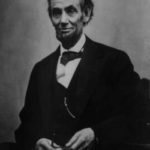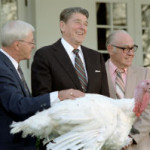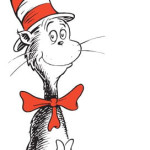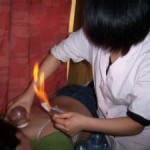The Assassination Of President JFK Changed Security
John F. Kennedy, 35th President of the United States, visited Dallas Texas in November 1963. Few people likely 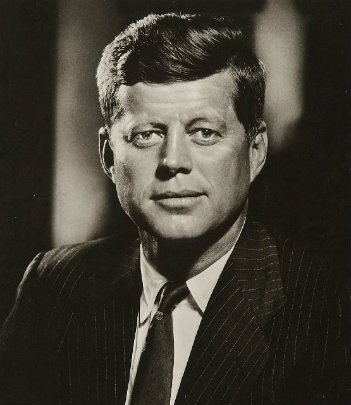 imagined that the country would soon mourn the loss of its beloved president.
imagined that the country would soon mourn the loss of its beloved president.
Learn details of the assassination of JFK, how the country and world responded, mysteries and conspiracies and how security changed since the JFK assassination.
The Assassination Of President JFK
November 22, 1963, was a warm day in Dallas Texas. As the motorcade that President John F. Kennedy rode in passed through the city, he waved to the crowds of people. The motorcade traveled through Dealey Plaza, with the convertible top down. First Lady Jacqueline Kennedy, along with Texas Governor John Connally and his wife were also in the Lincoln Continental convertible.
The piercing sound of gunshots suddenly tore through the cheering crowds at approximately 12:30pm, as the car carrying JFK, Jackie Kennedy, and Governor and Mrs. Connally. Chaos ensued as the motorcade passed by the Texas School Book Depository, the location of the assassin. The motorcade rushed to Parkland Memorial Hospital Emergency Department. As President Kennedy held his throat, Mrs. Kennedy tried to comfort her husband. After another shot rang out, the fatal shot tore through the skull of the President.
John Connally sustained injuries, including one from a bullet that passed through the President’s back, out his throat and penetrated Governor Connally’s mid-back and out his chest.
When the motorcade arrived at 12:36pm, doctors hoped the message they received was a false alarm, according to Dr. Charles J (Jim) Carrico. An interview with Dr. Carrico appears in the Sixth Floor Museum at Dealey Plaza. He explained that JFK came in after Connally was rolled in and that Mrs. Kennedy stood by the door.
Father Oscar Huber was inside the hospital, administering last rights to JFK. At 1:00pm, doctors from trauma room one announced to the world that President John F. Kennedy died from his wounds.
The Man Who Shot JFK: Lee Harvey Oswald
As the motorcade rushed to Parkland Memorial Hospital, witnesses began to speak with officers and give their eyewitness accounts. Unbeknownst to one officer, the officer actually stopped Lee Harvey Oswald as he made his escape. A Dallas policeman briefly stopped Oswald in the lunchroom on the second floor of the Texas School Book Depository. However, the manager identified Oswald as an employee, so the Dallas police officer let Oswald go on his way.
Oswald made it back to the rooming house where he stayed, retrieved a pistol and stood outside waiting at a city bus stop. At a roll call at the Texas School Book Depository, officials discovered Lee Harvard Oswald missing.
Arresting Oswald
After receiving tips from witnesses who said they saw a man with a rifle shooting from the sixth floor, officers discovered empty rifle shells and what Luke Mooney, Dallas County deputy sheriff called the “sniper’s nest.” In the interim, before Oswald’s arrest for the murder of JFK, Lee Harvey Oswald allegedly killed Police officer J.D. Tippit.
When police arrested Lee Harvey Oswald for the murder of Officer Tippit at the Texas Theater, they were not initially aware they had just arrested the man who killed the President of the United States.
Meanwhile, Vice-president Lyndon B. Johnson received the Oath of Office aboard Air Force One, with Mrs. Kennedy present, still in her blood-stained dress.
Lee Harvey Oswald was officially charged with the assassination of JFK on November 23. As officers transported Oswald in handcuffs, Jack Ruby stepped forward and killed Oswald.
Security Changes After The President’s Death
Several sources claimed Oswald was hired to kill JFK, with numerous conspiracy theory details revealed over the years. The U.S. History points out that the Warren Commission, led by then-Chief Justice Earl Warren determined that Oswald was the lone killer of JFK. Still, critics questioned the findings of the Warren findings.
The U.S. Secret Service began making immediate changes to the security of the President of the United States after the Kennedy assassination. The U.S. President is no longer permitted to ride in an open car. Additionally, presidential vehicles are no longer simple passenger vehicles such as the 1961 Lincoln convertible that JFK rode in that fateful day. Multi-layer, bullet-proof windows, and thick armor plates are just some of the changes to presidential vehicles.
The United States now provides security to former first families after they leave the White House. The number of U.S. Secret Service agents is now more than 3,000, compared to the less than 600 employed at the time of the JFK assassination.


